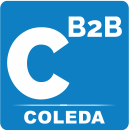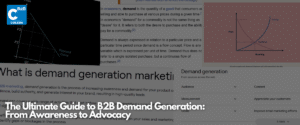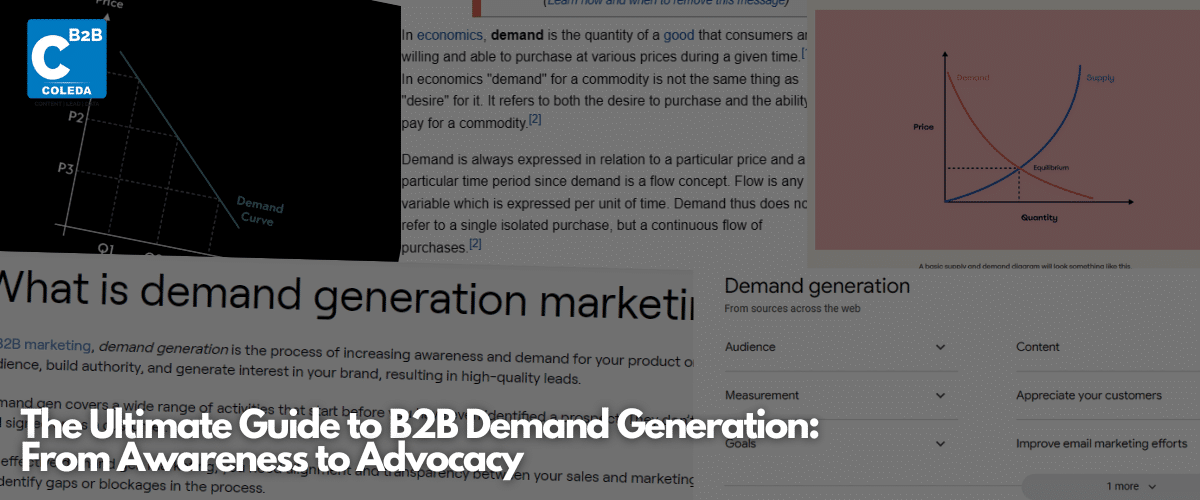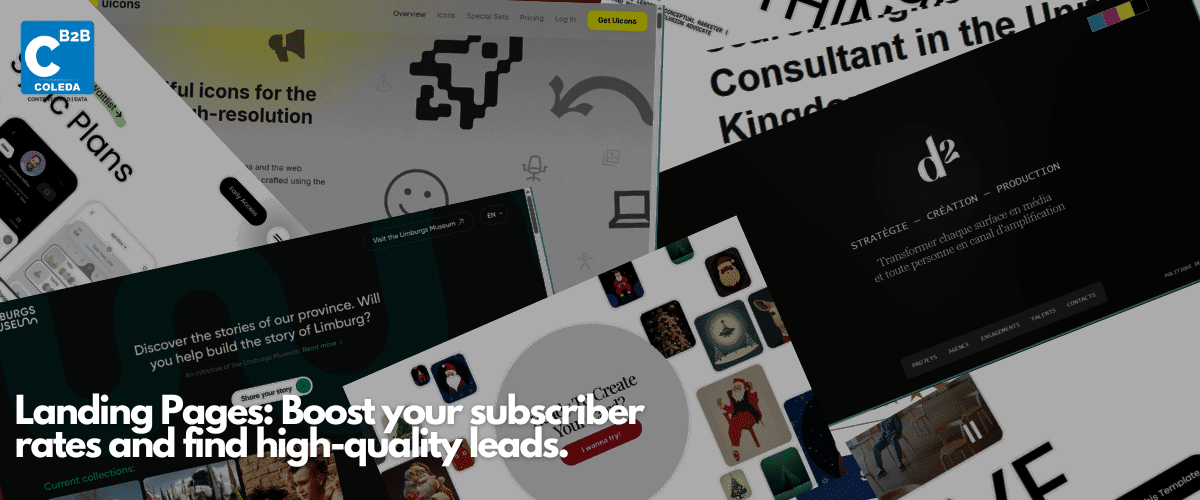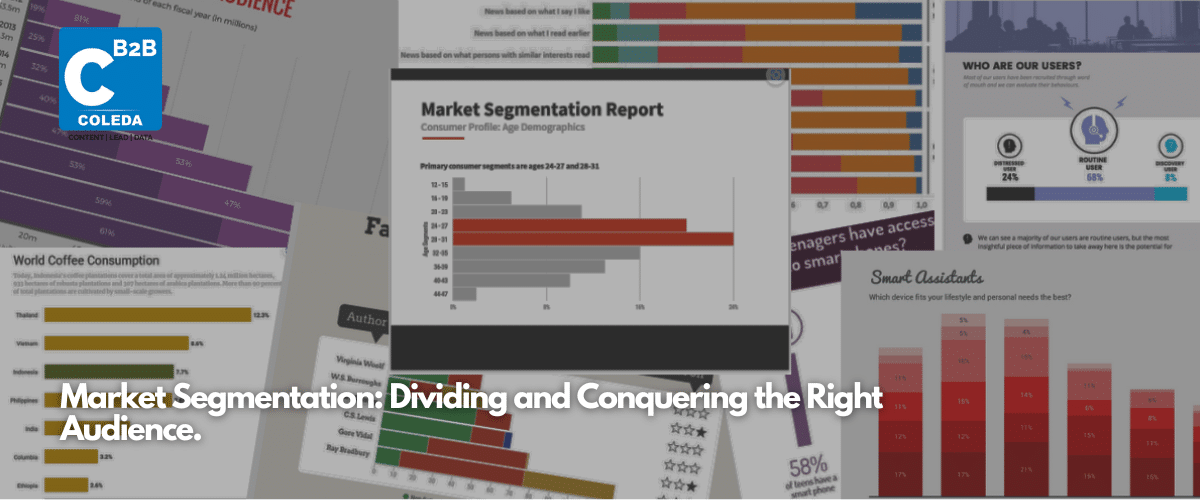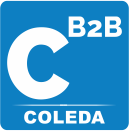
Lead nurturing is essential for the holistic growth of a business. It helps build trust with the prospects and buyers. By anticipating buyer needs, businesses can create strategies to nurture them!
But what is the tool used for effective lead nurturing? It is high-quality content. Every email and every social media ad must be created with high-quality content. In this saturated market, the only way to stand out is by the production of high-quality content.
And then catering to buyers at a specific stage in their buyer journey. In this age of personalization, we cannot just create content that caters to the top funnel. As buyers move through the sales funnel, it is necessary to engage them with content that keeps them asking for more.
Content Marketing is a great tool to build trust and create a fresh voice. It will guide prospects and lead them across a purposeful journey.
What is B2B Content Marketing?
B2B content marketing is strategically creating and delivering content to the intended audience. It aims to educate and create awareness, which will lead to engagement. Content marketing is a vital branch of the marketing tree.
Why is Content Marketing indispensable in the B2B industry?
In this Forbes Council article, Matthew Lopez argues that Content Marketing is uniquely positioned to beat inflation. He has cited a report that says content marketing is 62% more cost-effective than other forms of marketing and generates three times the leads.
The B2B industry today is facing a lack of quality MQLs. One of the reasons is a lack of content marketing or strategy. Without a clear message and strategy to convert consumers into leads, businesses will miss out on opportunities or attract irrelevant audiences to the platform.
Content marketing has become the cornerstone of a successful marketing strategy.
It is necessary to have a content marketing strategy in place. And yet, the road doesn’t end there. The content must reflect the buyer’s journey and address their needs at every step.
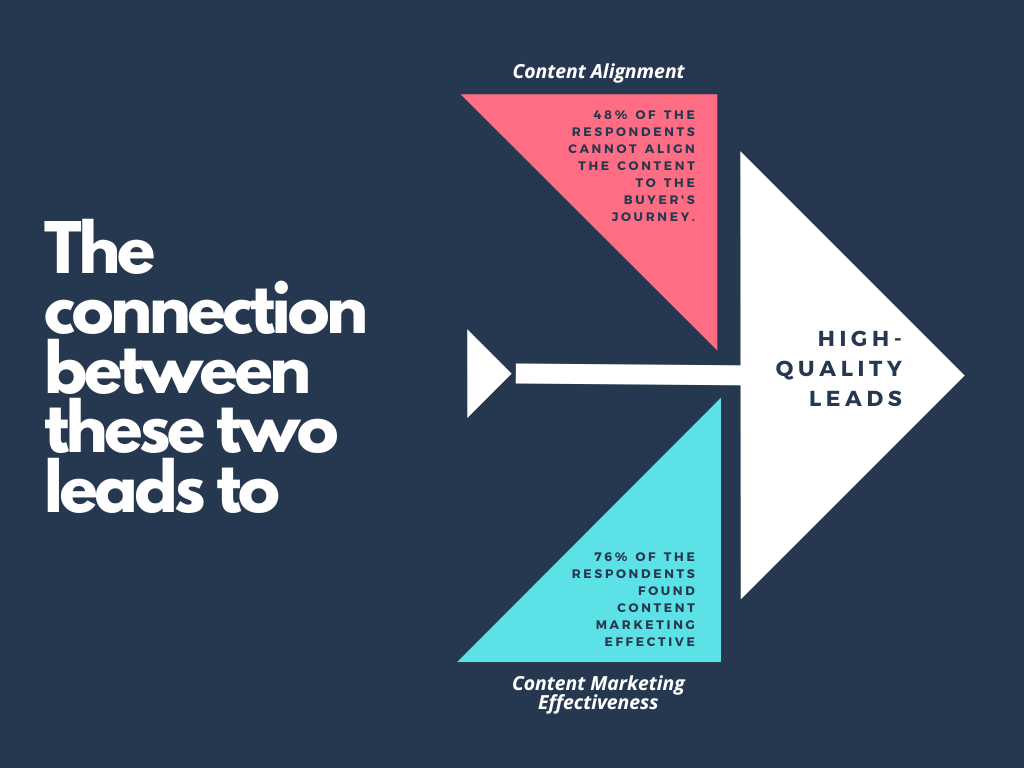
Marketing has always had to make peace with its limited budgets. Especially small teams who have to make do with the best of their resources.
Content marketing helps maximize the reach of these resources. It drives home an intended message and creates brand awareness. Yet the question persists: is content marketing only for the top funnel? Has content become a hook to attract customers? No, it’s an opportunity to educate and help decision-makers achieve clarity.
CMI conducted content marketing research. In the report, two metrics stand out: –
- 48% of the respondents cannot align the content to the buyer’s journey.
- And content marketing effectively generates demand/leads for 76% of the respondents.
The story these metrics are showing might not be apparent at first glance. These two metrics complement each other. If almost half of the businesses cannot align to the buyer’s journey and content marketing effectively generates leads, then a pool of high-quality leads is waiting to be tapped at each level of the funnel.
It’s a secret treasure waiting to be unearthed.
That brings us to the big question: How do we align the content to the buyer journey?
The B2B buyer or prospect follows a complex path. It’s not linear. Financially speaking, the decision to buy must be deliberate and patient.
But there are a lot of detractors in the journey. There are many possible reasons why the buyer may stop engaging mid-journey. And it could be because of the marketing department’s lack of understanding the audience. For marketing to thrive, it must come out of the company bubble and create content that suits potential customer needs.
There are many steps the department must take. Below is an actionable list of a few:
Understanding the audience
Understanding the audience is a challenge for marketers. Many believe creating high-quality content is enough. Keyword research is enough. Marketers tend to forget about the person engaging with the content.
Marketers must cater to the buyer journey and must understand the buyer.
- Understanding their habits online.
- The way they interact with media.
- What type of content are they consuming?
- What are their pain points?
- What are the personal issues they care about?
- Can you segment your audience based on this?
- Is there a group of your audience who care about topics like productivity or sustainability?
Surf the internet and find forums and channels the buyers are engaging in. Is it LinkedIn or Reddit? Is it a blog/community they frequent? A comprehensive funnel journey starts with the buyer and ends with them. It does not make sense to disregard the buyer.
One fantastic way of understanding the buyer is
Sales and Marketing Alignment
Marketers have heard the terms sales & marketing alignment thrown around. But it is crucial if businesses want to succeed in this competitive market. The company sales team understands the potential customer intimately.
They understand: –
- The buyer’s pain points
- Their need
- And importantly, buyer behavior with the funnel and touchpoints.
Sales bring invaluable data to the table. Fieldwork expertise that is always missing from marketing.
Tapping into the power of data and creativity
Growth marketing is a fantastic new way of connecting with the audience. It integrates data and scientific-driven methods with creativity. It is a comprehensive strategy that aims to follow the buyer through every step of their journey.
It’s done by understanding the available data and conducting experiments to check what works and what does not.
- Data-backed creative messages ensure they reach and connect with the right audience
- Experimentation provides tangible results of what works and what does not.
- The aggregate also provides a window into the various ways a buyer interacts with the services.
- The correct question to ask would be this: What is the common content consumed by buyers at each stage of the funnel?
- Once the data is acquired creating more of that content, and also leaving room for improvement and changes.
Content Creation: Be benefit-driven at each stage of the journey
That brings us to the creation of content. The data will provide the type of content buyers prefer in each stage. But what about the creation?
There’s a misunderstanding in the market: features sell. But the truth is far from reality! 95% of the consumers stay for customer experience/service. Buyers rarely care about features. They care about what benefits the product/service can offer them. They care about the experience. In our TOFU & MOFU article, we discussed the advantages of creating a seamless content experience.
A benefit-driven seamless content experience requires: –
- A consistent tone of voice.
- TOFU content must inform MOFU content till BOFU.
- E.g. Think of a blog about programmatic marketing: the lead moves forward in the funnel because they found it informative and engaging. They sign up for the gated content to find a case study of how programmatic advertising made reaching relevant audiences possible. And would see what more a business has to offer.
Personalized Content
Personalization has been the hot topic, and for good reason. Every marketer has begun understanding the importance of personalized content. Personalization speaks to the consumer directly because it is produced for them.
The creation of personalized content is only possible by understanding and gathering audience data. Personalized content does not mean it caters to one individual but caters to a select few who face the same problem.
At each stage, the buyer analyzes whether the business they want to buy from can provide them with a solution and how effectively.
- Identifying the needs of the buyer segment at each stage
- Addressing it with the desired content type
- And gathering data to refine the approach.
These three (No need to limit it to three; there are more solutions!) verticals will help create personalized content that speaks to the buyer’s problems. For a more granular approach, ABM is the perfect strategy to adopt.
Aligning content to the buyer journey is tricky. Yet the step to begin it is simple: Understand the buyer.
Aligning content to the buyer’s journey is fantastic for reaping the benefits of content marketing. There is a hotbed of untapped leads and potential buyers just waiting to be heard and seen by the right business. By aligning content, it could be yours.
